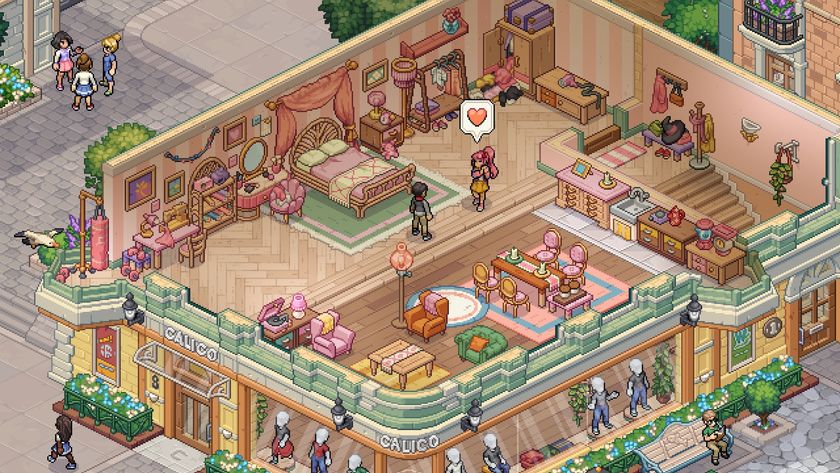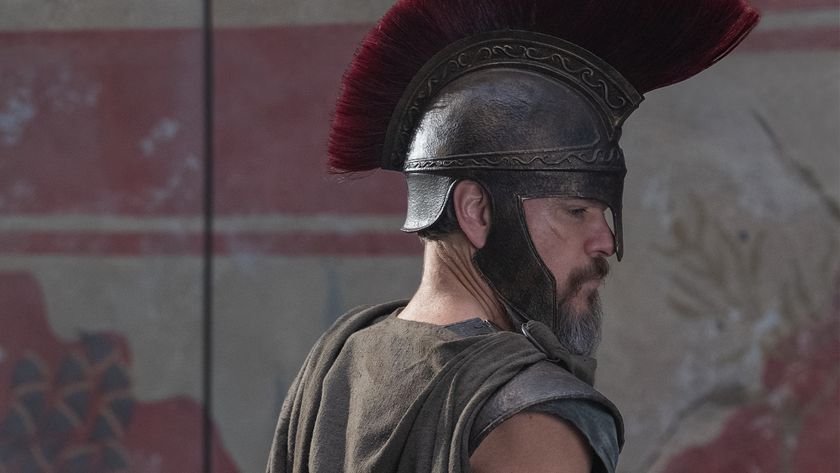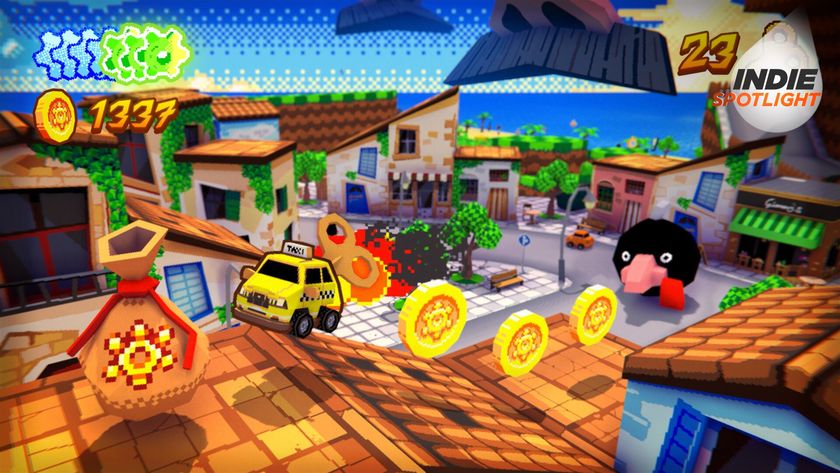Gaming's most important evolutions
35 features that changed the course of interactive entertainment, one game at a time
First seen in: The Legend of Zelda: Ocarina of Time (1998)

Important because: Maneuvering a 3D camera is hard enough, but trying to do that and keep track of aggressive enemies is enough to give any seasoned gamer a headache. Lock-on targeting (called Z-targeting in OoT, as that’s the button you pressed to activate it) focused the camera on a particular enemy, allowing you to strafe around said enemy while keeping it in center view. This enabled you to roam freely most of the time (as in prior 3D games), but when necessary, you could zone in and target specific monsters or items of interest. It also allowed for more complicated combat options once your character was fixated on the enemy.
Zelda director Eiji Aonuma commented on the creation of Z-targeting back in a 2008 issueof Nintendo Power:
Legacy: Lock-on targeting made formerly cumbersome 3D worlds much easier to tolerate, and has been used in countless games since. Everything from FPSes (Metroid Prime, Red Steel 2) to third-person shooters (Crackdown, Red Dead Redemption) let players select an enemy as their focal point. Some action titles still force you to line up your hits, but with modern dual-stick controls, even that once-painful endeavor has become immensely easier.
Sign up to the GamesRadar+ Newsletter
Weekly digests, tales from the communities you love, and more












